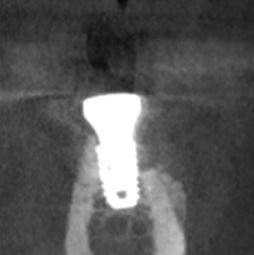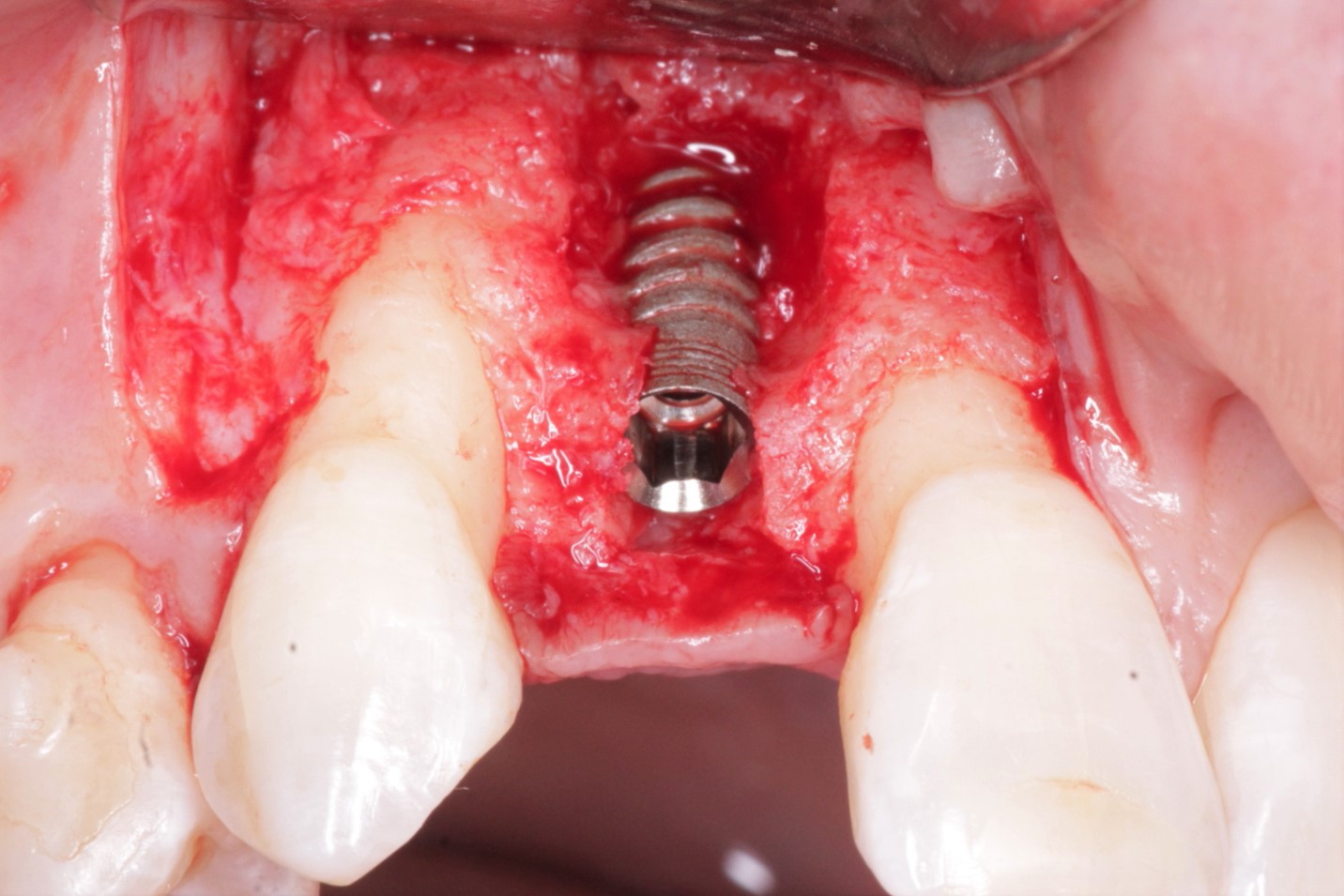Titanium Mesh for Ridge Augmentation
The use of titanium mesh is a reliable method for ridge augmentation to provide adequate bone volume for placement of dental implants. However, one of the difficulties of using this material is the fixation step. In this video, the clinician uses sticky bone to help position the mesh and reduce the need for screw fixation. To prevent exposure of the mesh, the buccal flap was checked to ensure that it cross to the lingual side without tension. A membrane is also then placed over the mesh, and primary closure is achieved. Overall, titanium mesh has excellent space-making and space-maintenance capabilities. With proper use, it offer predictable results for the reconstruction of ridge deficiencies for implant placement without undergoing major resorption.
See also: [Titanium Mesh: Placement and Removal](https://www.osseonews.com/topic/titanium-mesh-placement-removal/)Cytoflex Titanium Mesh is an ultra-thin, smooth, pure titanium mesh that reduces irritation, and easily conforms to tissue contours.

















